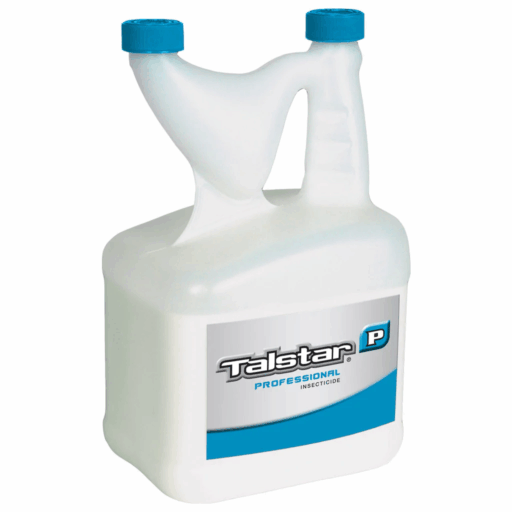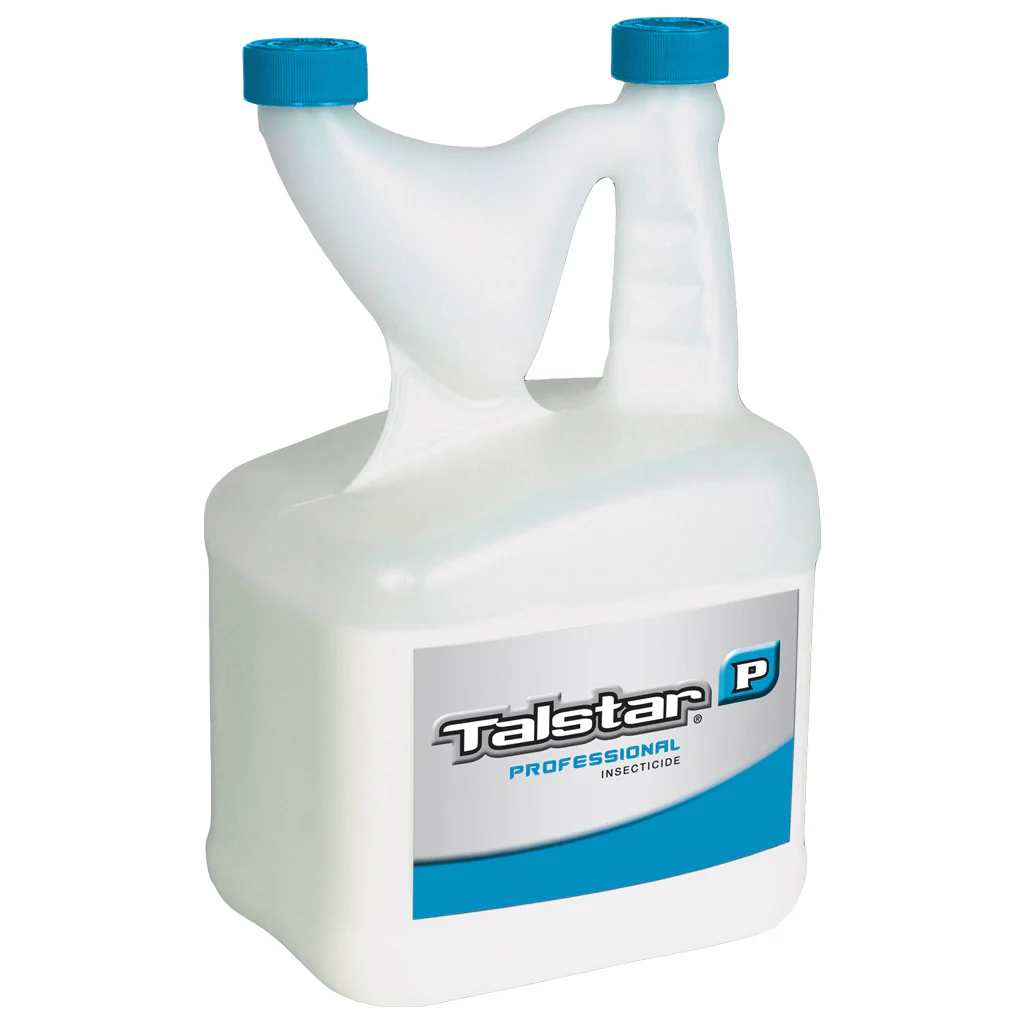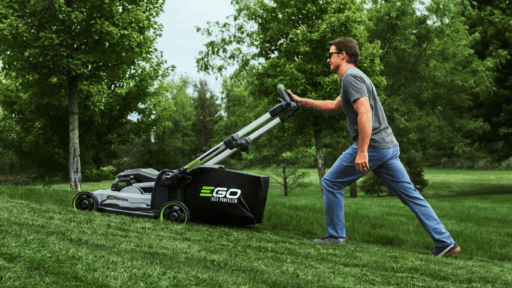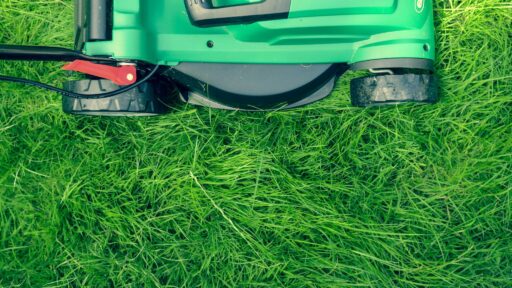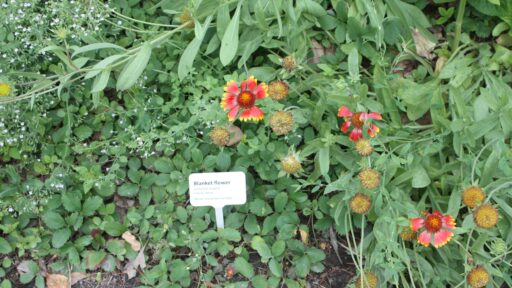Insecticides help gardeners by protecting plants from harmful bugs that can eat leaves, bore into stems, or spread disease. When used correctly and sparingly, they stop pests like aphids, caterpillars, and beetles from damaging flowers, fruits, and vegetables. This helps plants grow strong and healthy, giving gardeners a better harvest or prettier blooms.
Talstar P professional insecticide is a powerful, ready‑to‑use insect spray that professionals and homeowners use to keep pests away from homes, lawns, and gardens. Its key ingredient, bifenthrin, works quickly on contact to stop ants, cockroaches, spiders, fleas, ticks, mosquitoes, and many other bugs in their tracks.
Growcycle provides the best quality Talstar P professional insecticide. It leaves a long‑lasting invisible barrier, so new pests that crawl across treated areas also pick up a lethal dose.
Active Ingredient and Chemistry
Talstar P has one main active ingredient, bifenthrin, a natural insect‑killing compound found initially in chrysanthemum flowers. Bifenthrin appears in the bottle as a fine white solid blended into a water‑based concentrate. When mixed with water, the tiny bifenthrin particles stay evenly suspended, so every spray delivers the same strength of protection.
Chemically, bifenthrin belongs to the pyrethroid family. Pyrethroids work by sticking to insect nerve channels (specifically the sodium channels) and keeping them stuck open. This causes tremors, paralysis, and eventually death, all with very low risk to people or pets when used as directed.
Bifenthrin is also very stable in sunlight and binds tightly to concrete, wood, or soil surfaces. After the spray, a thin invisible layer stays behind, giving long‑lasting protection: any insect that crawls over a treated area picks up enough bifenthrin to stop it in its tracks. Because it doesn’t wash away easily, its frequent application is unnecessary.
Mode of Action
It works in a cyclic way, which is described here:
- Targets Insect Nerves: Insects rely on tiny pathways called sodium channels in their nerve cells to send signals, such as to crawl, feed, or fly. Bifenthrin sticks to these channels and keeps them open.
- Causes Over‑Excitement: When sodium channels stay open too long, the insect’s nerves fire nonstop without control. This constant nerve firing leads to tremors, convulsions, and eventually paralysis.
- Fast Knockdown and Lasting Effect: On contact, insects exposed to bifenthrin stop moving quickly. Because bifenthrin sticks to surfaces and resists washing away, any insect walking over treated areas later also picks up a lethal dose.
Spectrum of Control
Talstar P has a vast spectrum of control. It is a wide‑ranging shield that protects against dozens of insect types, such as:
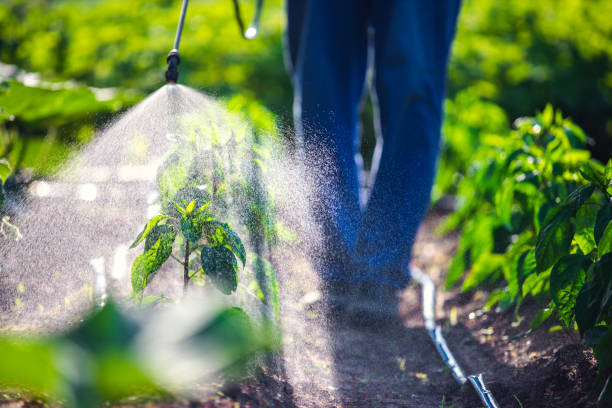
1. Household Invaders
- It stops ant colonies (including fire ants and carpenter ants) at the entry points and breaks up their trails.
- Cockroaches (German, American, Oriental, and others) are killed when they crawl over treated surfaces.
- It stops spider web‑building and roaming spiders from establishing themselves indoors.
2. Blood‑Feeding Pests
- It is excellent for homes with pets. Treat carpets, pet bedding areas, and around doorways to stop bites and reduce the risk of tick‑borne diseases.
- When applied carefully in cracks around mattresses and box springs, it helps reduce bedbug hiding spots and breeding.
3. Flying Insects
- Use it outdoors around patios and eaves to break the resting spots of mosquitoes and reduce evening buzzes.
- It kills flies on contact and prevents them from returning to treated surfaces.
4. Lawn and Garden Pests
- When applied as a lawn spray, it protects turf from Chinch Bugs, Billbugs, and Sod Webworms sap‑sucking or leaf‑chewing insects.
- A gentle spray on plant leaves keeps leaves healthy and protects them from mites.
- This product can also control caterpillars (armyworms, cutworms) and Whiteflies.
Application Methods and Rates
Follow these instructions for excellent results in controlling different insects:
1. Read the Label First
Always start by reading the product label from beginning to end. The label explains exactly how much concentrate to mix, which pests can be treated, where to spray, and what protective gear is needed to wear.
2. Mixing the Spray
Use a clean pump sprayer or hand‐held sprayer. Mix about one tablespoon of Talstar P into 1 gallon of water for most indoor cracks, crevices, or spot treatments. Rates for lawn and ornamental sprays range from 0.125 to 1.0 fluid ounce per 1,000 square feet, depending on the severity of the pest problem.
3. Where and How to Spray
Treat cracks, crevices, baseboards, behind appliances, and other hiding spots. Use a pin‐stream or fan nozzle to get into small gaps. Spray a 2–3‑foot band around the outside of the house, focusing on door thresholds, windowsills, and vents.
On porous surfaces like soil or mulch, use 5–10 gallons of finished spray per 1,000 square feet. Apply evenly over turf or foliage. Walk in overlapping paths so every part of the grass or plants receives a light mist, rather than a heavy dose.
4. Personal Protective Equipment
Wear long sleeves, long pants, shoes, socks, and chemical‐resistant gloves. If the sprayer creates a fine mist, consider using goggles, a face shield, and a simple dust/mist mask to protect the eyes.
5. After Application
Once the sprays have dried (usually 30–60 minutes), it is safe for people and pets to return inside. Rinse sprayer parts with clean water, and wash the hands, face, and exposed skin with soap and water. Wash the spray clothes separately. Any leftover concentrate should be stored tightly closed on a high shelf away from children and pets and out of direct sunlight.
6. Timing and Frequency
For most pests, one treatment gives several weeks of protection. If new pest activity is observed after 4–6 weeks, re‐treat using the same label rates. On lawns, avoid mowing until the spray has dried so the insecticide can stick to grass blades.
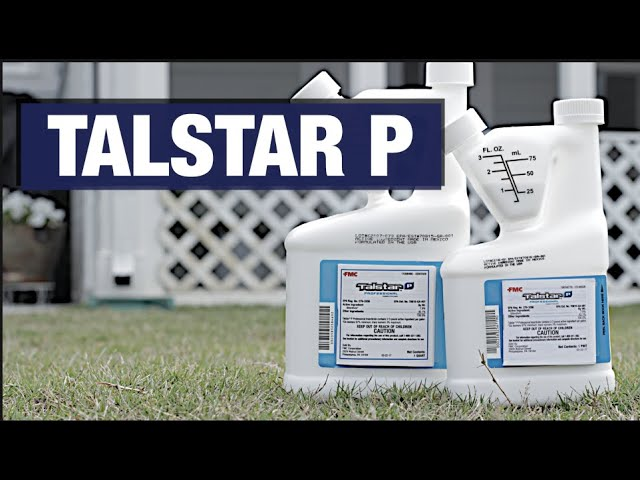
FAQs
Can Talstar P insecticide be used near food or edible plants?
Only treat floors and walls; do not spray food or food‑contact surfaces. Always follow the “pre‑harvest interval” on the label before harvesting.
Can Talstar P insecticide be mixed with other pesticides?
It is generally compatible with many fungicides and other insecticides, but always perform a small “jar test” first.
Does Talstar P insecticide kill beneficial insects like bees and ladybugs?
Bifenthrin can harm pollinators and other beneficial insects if they contact fresh spray. To protect them, avoid treating blooming flowers or spraying late in the day when bees are less active.
The Bottom Line
Talstar P is a reliable, easy‑to‑use insecticide that quickly kills many pests and leaves a long‑lasting barrier on treated areas. Its active ingredient, bifenthrin, works on contact to paralyze bugs while sticking to surfaces, so new insects are also controlled.
Visit Growcycle to learn more about this helpful product. Its low odor, non‑staining formula makes it a wise choice for anyone looking for fast, lasting protection against ants, roaches, spiders, fleas, ticks, mosquitoes, and many more common pests.

